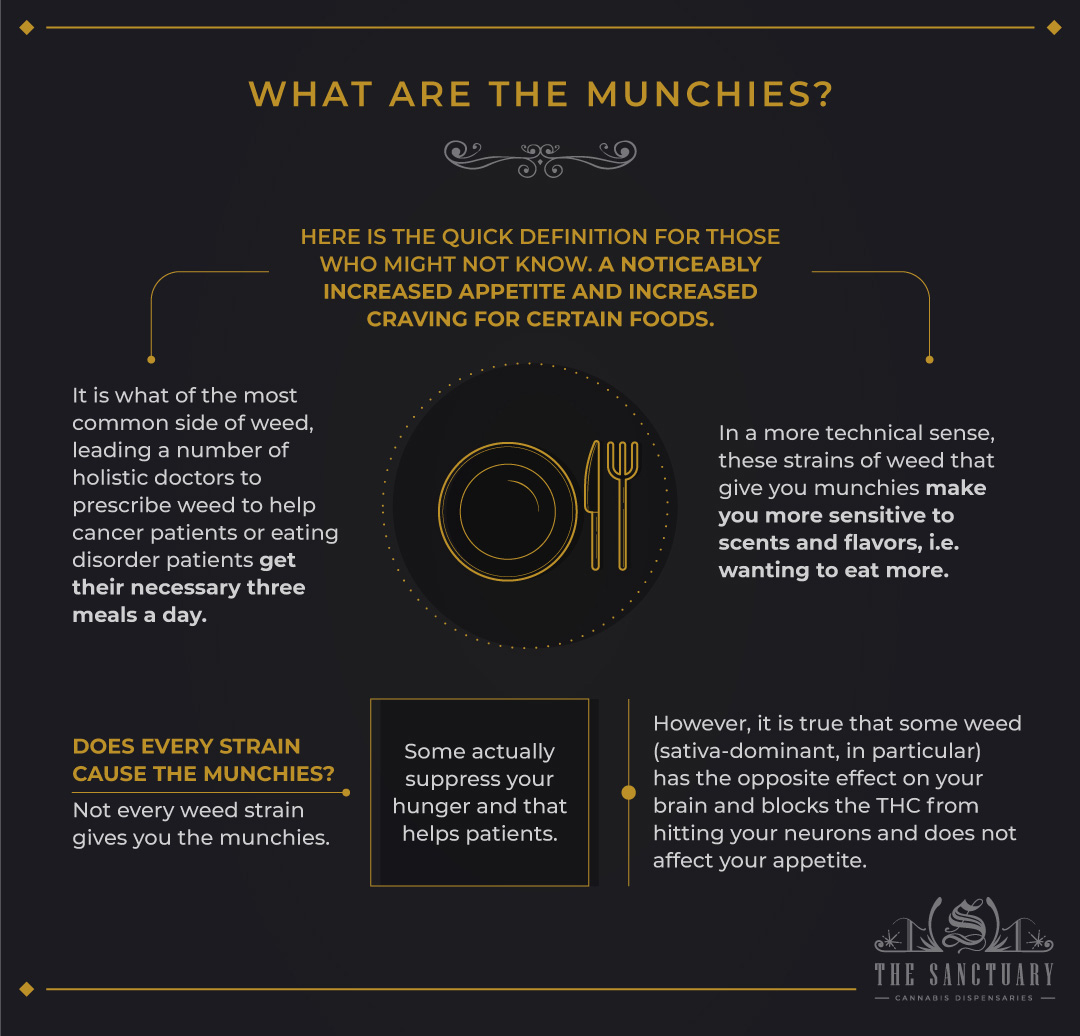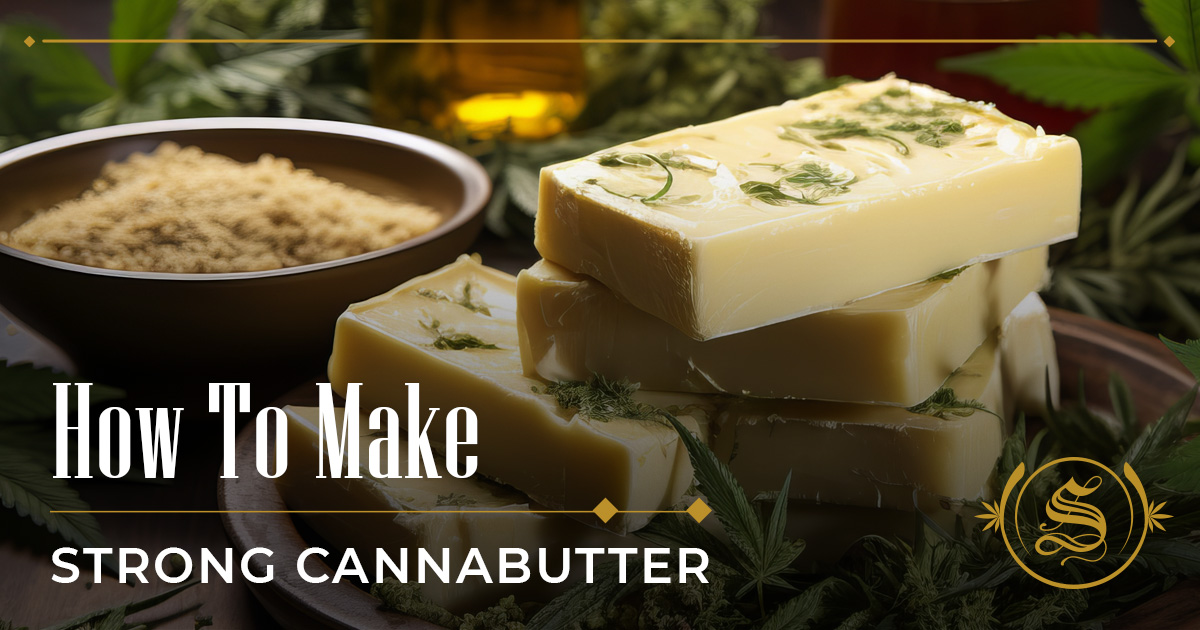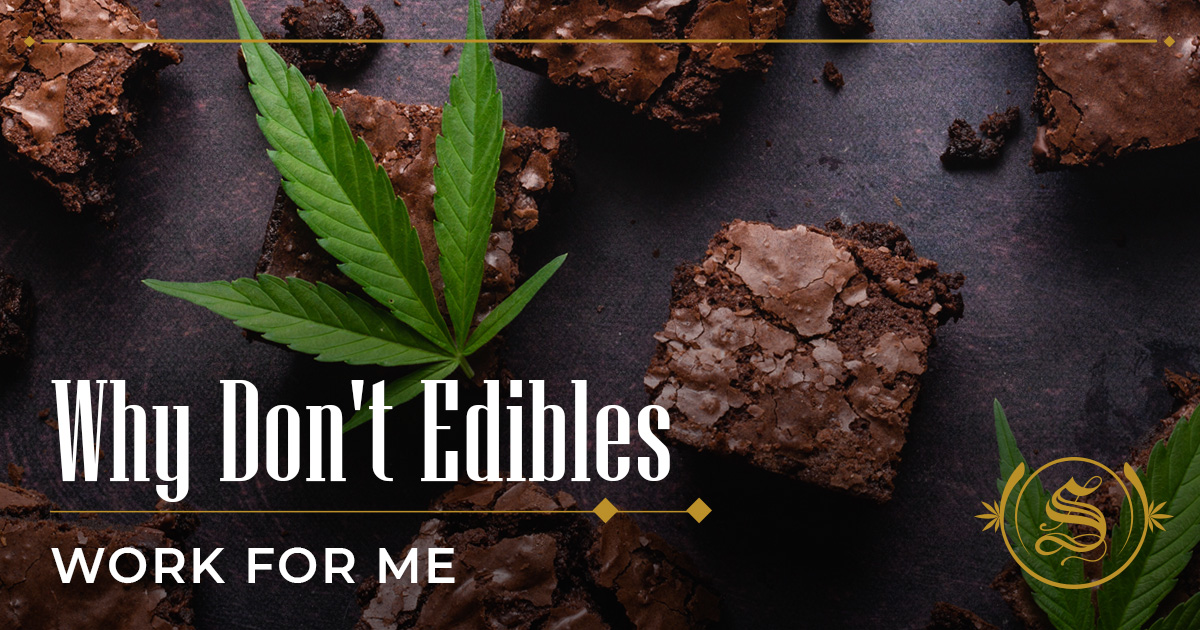Iftikhar Alam
Author
Reviewed by Cannabis Experts
Published on: June 1, 2022 | Updated on: September 11, 2024
If you could put together your ideal smoker’s kit, it would probably include your rolling papers, pipes, bongs, vape cartridges and favorite playlist(s), but would definitely include your favorite snacks. But why is that? What is it about some strains of weed that have us reenacting Harold & Kumar Go to White Castle (minus Neil Patrick Harris)?
The munchies are literally to the point where even a commercial for the most mediocre food, or even food you do not like, will have you craving it like it is the best meal you will ever eat. As it turns out, it is not so much how you digest weed, but a combination of its most psychoactive compound (THC) and how your brain responds to it.
But beyond that, do other factors affect your munchies, and if so, how? We are about to find out.
What are the Munchies?

Most of you reading probably know of or have had the munchies at some point, but here is the quick definition for those who might not know. A noticeably increased appetite and increased craving for certain foods.
The munchies are among the, if not the, most common side of weed, leading a number of holistic doctors to prescribe weed to help cancer patients or eating disorder patients get their necessary three meals a day. In a more technical sense, these strains of weed that give you munchies make you more sensitive to scents and flavors, i.e. wanting to eat more.
Does Every Strain Cause The Munchies?
But in case you were wondering, not every weed strain gives you the munchies. Some actually suppress your hunger and that helps patients with binge eating, but we will touch more on that later. However, it is true that some weed (sativa-dominant, in particular) has the opposite effect on your brain and blocks the THC from hitting your neurons and does not affect your appetite.
Why Does Weed Make Me Hungry?
There are chemical receptors in your brain that make eating enjoyable and obviously give your sense of smell and taste. So, when you add THC to the mix, which dials these receptors up to 11, your brain and appetite are no match for that combination, even if you just ate a full meal.
As we mentioned, that is not the case for every single strain of weed, but this is how it works for strains that do:
THC
It is already unlikely that a strain with no THC will give you the munchies because this is basically where they come from. Tetrahydrocannabinol, THC for short, is the most well known chemical found in weed and it is not only the source of your high but also your hunger.
THC works by ‘switching gears’ in your brain and activating the neurons that tell you that you are hungry. Fun fact: Your brain naturally produces cannabinoids, they help control your appetite and the THC you consume combines with these compounds and starts mimicking them.
Ghrelin
Your hunger does not just come from these neurons, but also from ghrelin, the hormone that stimulates your appetite. Like your brain’s cannabinoids, THC releases ghrelin and increases your appetite no matter how much food you ate right before you smoked.
You obviously know when you just ate a full meal, and all of these chemicals are ‘turned off’ because of it, but when you intake THC it is not affecting what you ate before but simply telling your brain that you need food.
Dopamine
All while this is happening, the THC is also triggering the release of dopamine, the neurotransmitter that basically makes you feel good: Not by sending pleasure throughout the body but associating pleasure with various things you do, such as (you guessed it) eating.
When you really enjoy your food, dopamine is released and tells your brain that you feel good eating this food, and the same goes for good smells. Not to mention, THC increases your sensitivity to smell and taste (hence why people say food tastes better with the munchies), so THC releasing dopamine on top of other cannabinoids will tell your brain the following:
“He or she is really hungry, food makes them feel good and food tastes better now.” Maybe now you understand how weed makes you want to eat more, despite being full.
Suppressing Hunger
Coincidentally, weed can be prescribed to patients for the exact opposite effect. In reading this, you are probably thinking ‘But if weed makes me crave food no matter what, how am I not at risk of overeating?’ which is a very valid point. But, the explanation lies in another cannabinoid in sativa-dominant strains called THCV (tetrahydrocannabivarin).
THCV, in terms of getting the munchies, works in direct opposite of THC to suppress it and feelings of hunger. The same thing occurs with high-CBD strains, which prevent THC from stimulating your appetite.
Are Munchies Worse if I’m actually Hungry?
Considering you could eat a full plate of Thanksgiving dinner then feel hungry after smoking a blunt, it is safe to assume that this doubles down if you had not eaten for a good while prior to smoking, but that might not be the case. A 2014 study by the University of Bordeaux found that when THC was administered to mice, they showed no increase in appetite even when they had been starved before the tests.
Granted, these subjects lacked cannabinoid receptors, but they still did not crave food any more or less than when they had THC in their systems. Knowing this, the answer might simply be that you could be hungry before smoking weed, but doing so will just tell your brain you are hungry, but now you are also high.
What Foods are Best for the Munchies?
You cannot say with a straight face that a cheeseburger and chicken sandwich with donuts as buns would not sound like a gift from God when you are high. But it is just true: Fast food and snack foods have a high amount of the ingredients that make food addictive (sugar, sodium, fats, etc.) and the munchies make you crave them even more.
Yes, these are universally accepted as munchie foods or ‘stoner foods’, but if you are at least trying to stick to your diet or would rather not trade a high for high cholesterol, you can keep a stash of fruits and other healthy snacks at the ready.
Sources
Footnotes
- Beulaygue I. Got munchies? The association between cannabis use and body weight. Journal of Substance Abuse Treatment. 2012;43(3):e12.
- Roberts CA, Jager G, Christiansen P, Kirkham TC. Exploring the munchies: An online survey of users’ experiences of cannabis effects on appetite and the development of a Cannabinoid Eating Experience Questionnaire. Journal of Psychopharmacology. 2019;33(9):1149-59.
- Soria-Gómez E, Bellocchio L, Reguero L, Lepousez G, Martin C, Bendahmane M, Ruehle S, Remmers F, Desprez T, Matias I, Wiesner T. The endocannabinoid system controls food intake via olfactory processes. Nature neuroscience. 2014;17(3):407-15.
- Gunther RS, Farrell MB, Banks KP. Got the Munchies for an Egg Sandwich? The Effects of Cannabis on Bowel Motility and Beyond. Journal of Nuclear Medicine Technology. 2024.
- Hume C, Baglot SL, Javorcikova L, Melts V, Bieber JB, Hill MN. Characterising ‘the munchies’; effects of delta-9-tetrahydrocannabinol (THC) vapour inhalation on feeding patterns, satiety, and macronutrient-specific food preference in male and female rats. bioRxiv. 2022:2022-09.
References
- The Science Behind Munchies: Cannabis And Your Appetite. Examine. Accessed 4/11/2024.
- Myth: All marijuana causes the munchies. Maitri. Accessed 4/11/2024.
- Does Weed Hit Harder On An Empty Stomach?. Mel Magazine. Accessed 4/11/2024.
The content provided on this blog is for informational purposes only and does not constitute medical, legal, or professional advice. Cannabis use is subject to local laws and regulations, which vary widely by jurisdiction. Always consult with a healthcare professional before starting any new treatment or altering an existing treatment regimen. The authors and publishers of this blog are not responsible for any actions taken based on the information provided herein. Use cannabis responsibly and in accordance with applicable laws. This blog is intended for adults aged 21 and over. The Sanctuary Dispensaries D186, D187.








